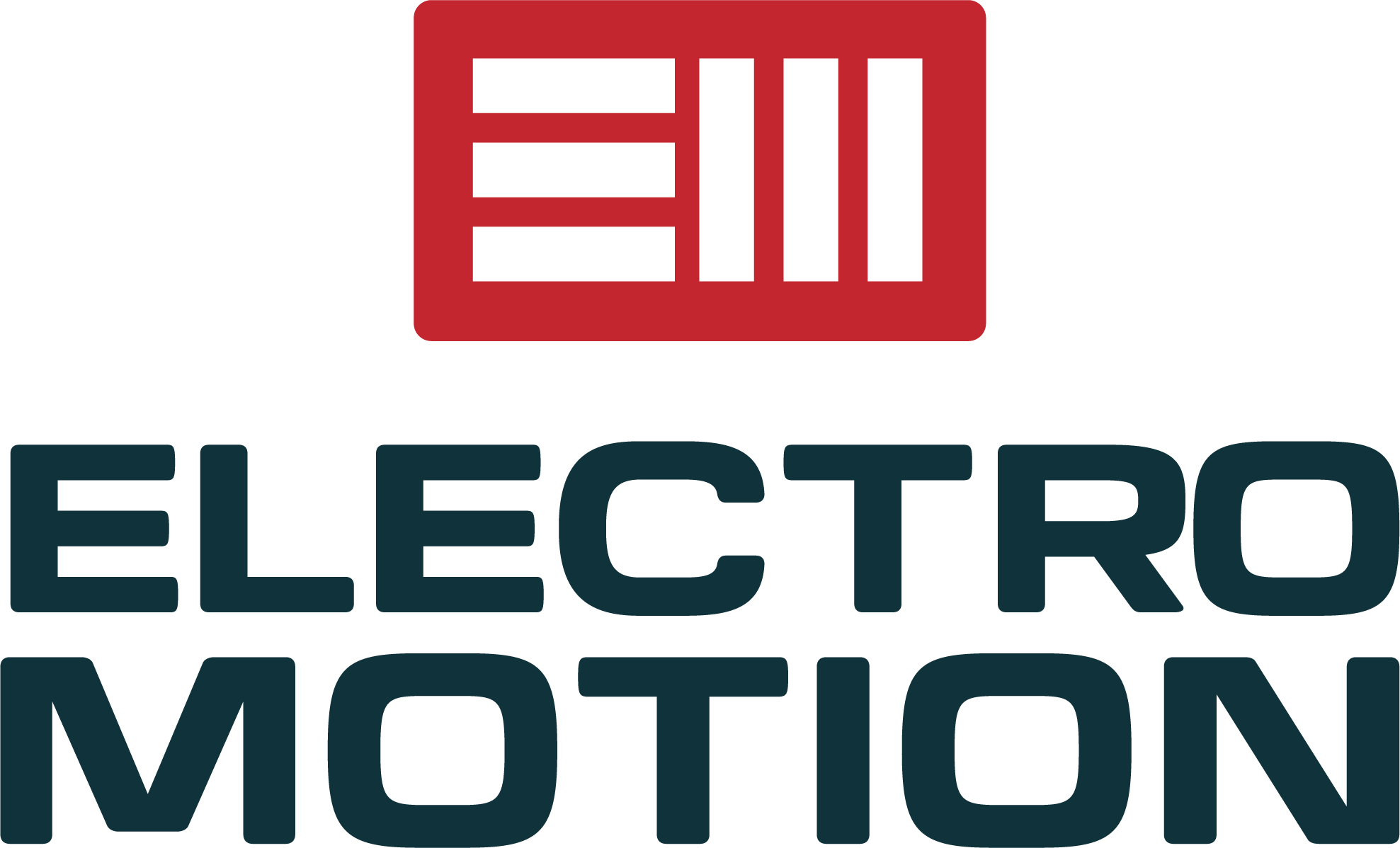

Electromotion S.A.C.

October 2025
Motorized vehicles
Wholesale/Retail
Peru
ElectroMotion es una compañía peruana especializada en electromovilidad, con amplia experiencia en el sector. Desde el año 2012 venimos operando con vehículos eléctricos de uso interno y utilitarios, destinados al transporte de personal y carga en diversos entornos industriales y agroindustriales. Contamos con buses, vehículos menores de uso interno y camiones de 2TN, todos 100% eléctricos. Nuestra empresa cuenta con tres líneas de negocio principales: venta, renting y mantenimiento de unidades eléctricas. En ElectroMotion promovemos la transición hacia operaciones más sostenibles y eficientes, contribuyendo a mejorar la calidad de vida de nuestros colaboradores y de las operaciones donde nuestras unidades están presentes. La seguridad es nuestro pilar fundamental. Nos mantenemos a la vanguardia en innovación tecnológica, implementando las últimas actualizaciones que garantizan el cuidado del medio ambiente y la protección de los usuarios. Creemos que la movilidad eléctrica es una herramienta poderosa para transformar la forma en que operan las empresas. Desde 2012 impulsamos la transición hacia operaciones más sostenibles, eficientes y seguras, reduciendo significativamente la huella de carbono en los sectores industrial, logístico y agroindustrial del Perú.
Overall B Impact Score
Governance 14.8
Governance evaluates a company's overall mission, engagement around its social/environmental impact, ethics, and transparency. This section also evaluates the ability of a company to protect their mission and formally consider stakeholders in decision making through their corporate structure (e.g. benefit corporation) or corporate governing documents.
What is this? A company with an Impact Business Model is intentionally designed to create a specific positive outcome for one of its stakeholders - such as workers, community, environment, or customers.
Workers 20.0
Workers evaluates a company’s contributions to its employees’ financial security, health & safety, wellness, career development, and engagement & satisfaction. In addition, this section recognizes business models designed to benefit workers, such as companies that are at least 40% owned by non-executive employees and those that have workforce development programs to support individuals with barriers to employment.
Community 13.9
Community evaluates a company’s engagement with and impact on the communities in which it operates, hires from, and sources from. Topics include diversity, equity & inclusion, economic impact, civic engagement, charitable giving, and supply chain management. In addition, this section recognizes business models that are designed to address specific community-oriented problems, such as poverty alleviation through fair trade sourcing or distribution via microenterprises, producer cooperative models, locally focused economic development, and formal charitable giving commitments.
Environment 30.9
Environment evaluates a company’s overall environmental management practices as well as its impact on the air, climate, water, land, and biodiversity. This includes the direct impact of a company’s operations and, when applicable its supply chain and distribution channels. This section also recognizes companies with environmentally innovative production processes and those that sell products or services that have a positive environmental impact. Some examples might include products and services that create renewable energy, reduce consumption or waste, conserve land or wildlife, provide less toxic alternatives to the market, or educate people about environmental problems.
What is this? A company with an Impact Business Model is intentionally designed to create a specific positive outcome for one of its stakeholders - such as workers, community, environment, or customers.
Customers 2.6
Customers evaluates a company’s stewardship of its customers through the quality of its products and services, ethical marketing, data privacy and security, and feedback channels. In addition, this section recognizes products or services that are designed to address a particular social problem for or through its customers, such as health or educational products, arts & media products, serving underserved customers/clients, and services that improve the social impact of other businesses or organizations.